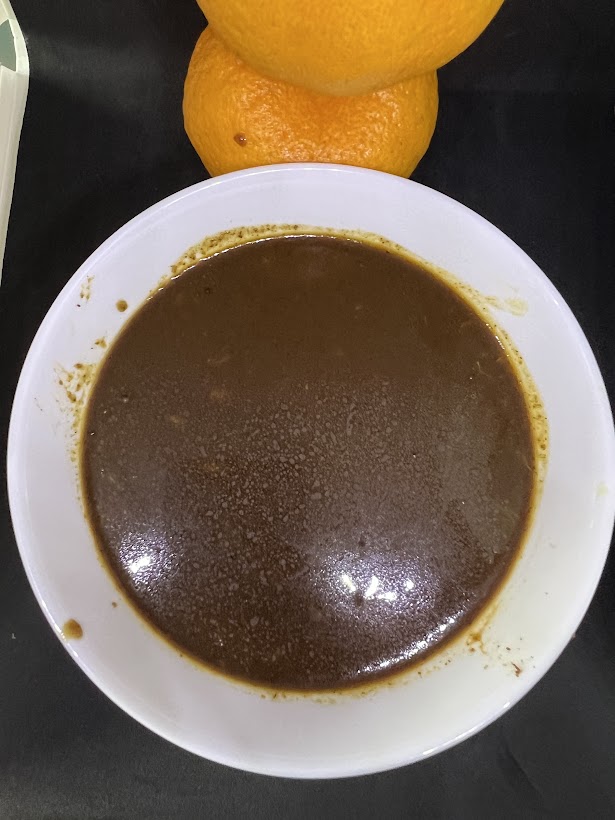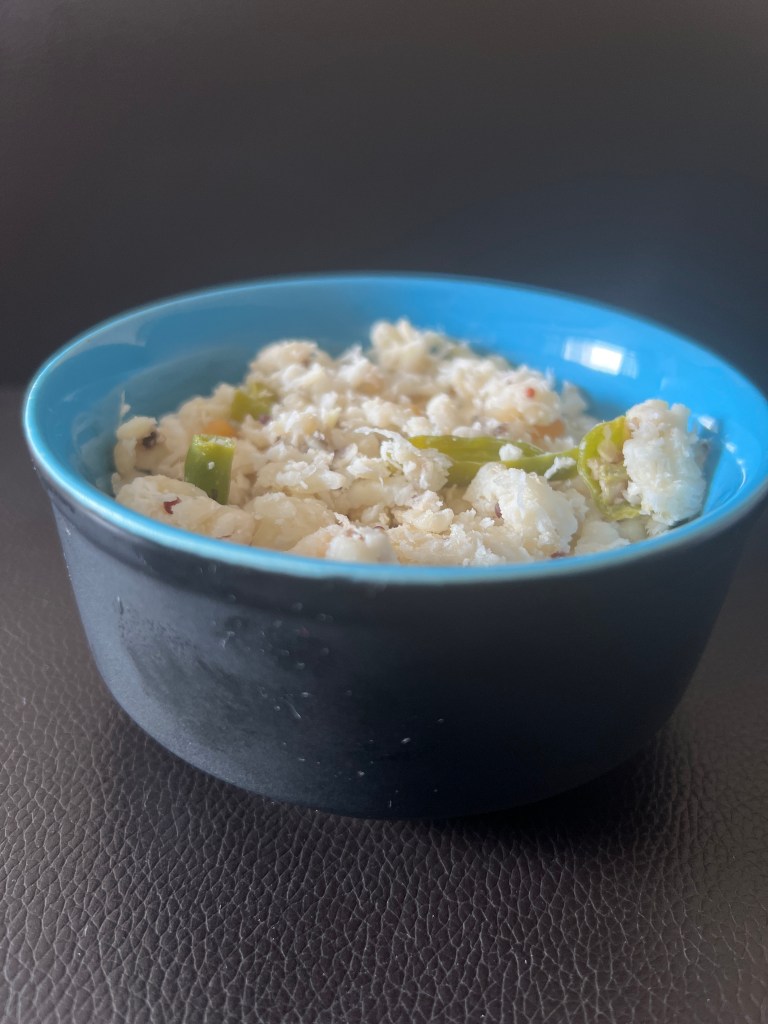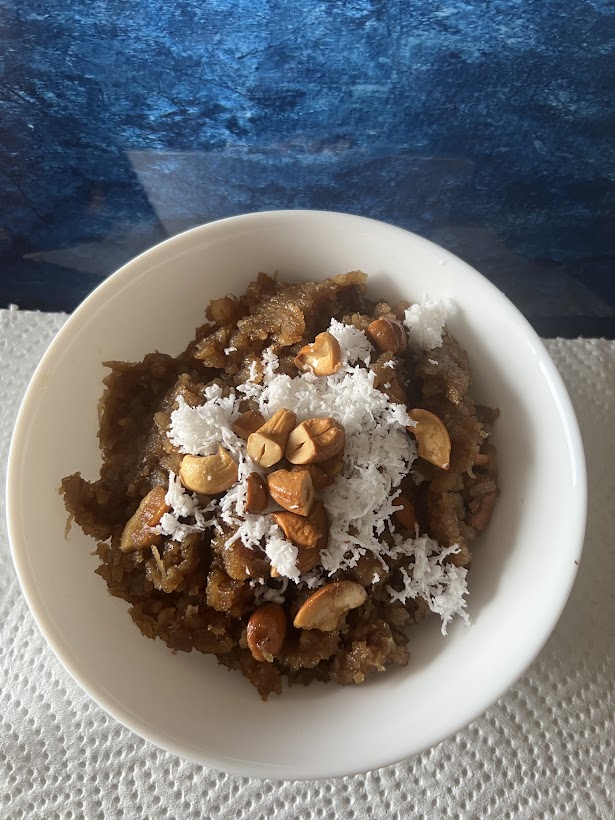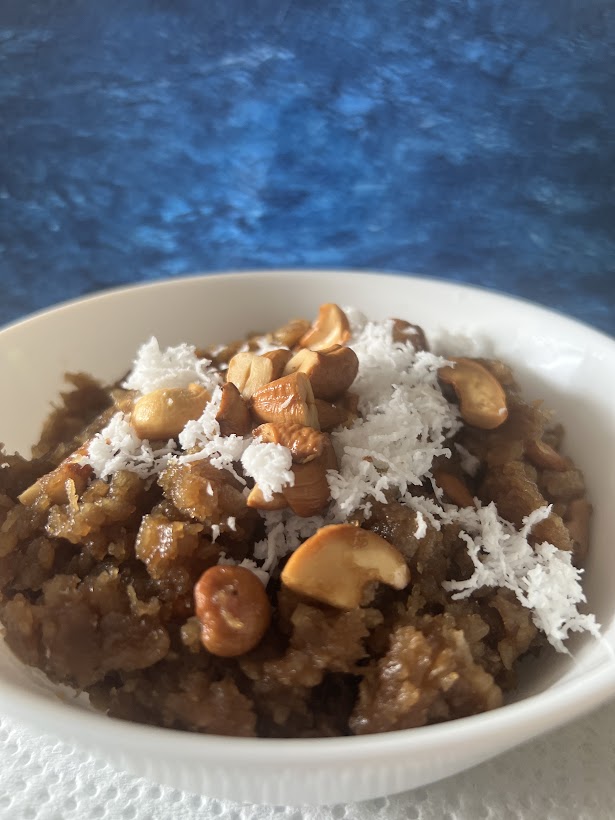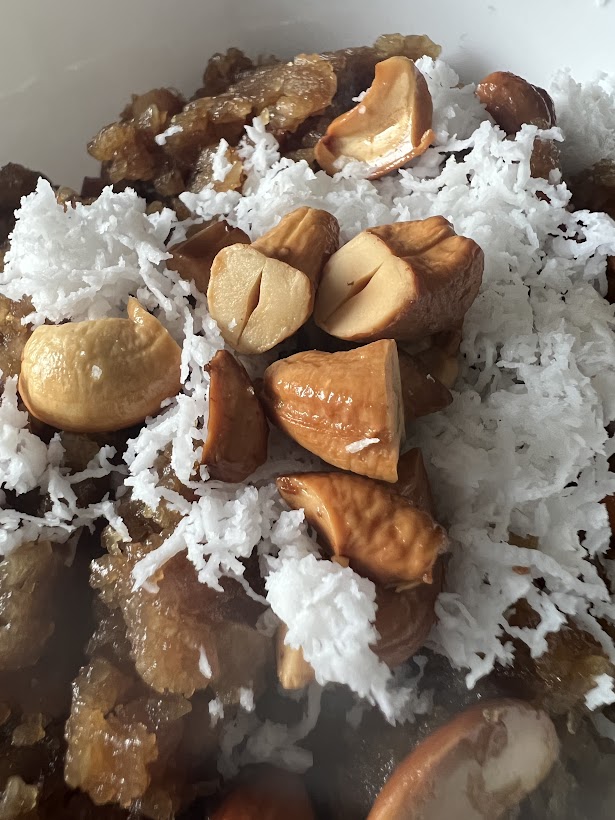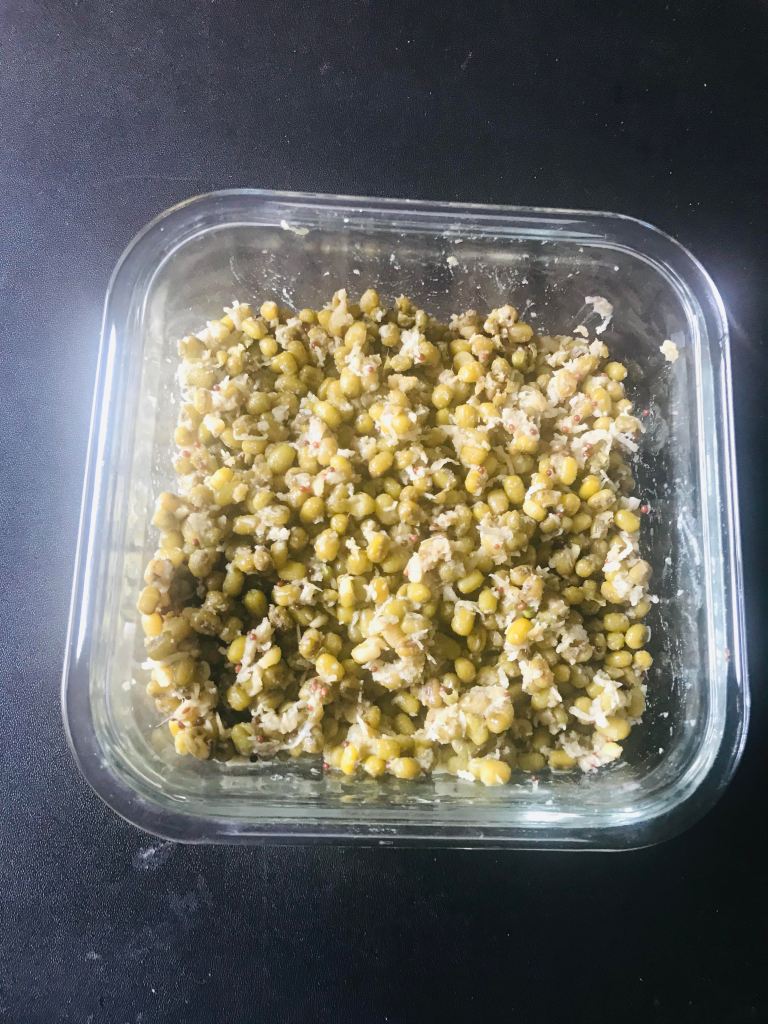This is another typical recipe which is usually served in temples. It is a no-onion, no-garlic recipe. My mother was talking about this recipe and so I got her to make it while she was here. In Tamil, Kadamba means mixed and this can be eaten as a sambar or a gravy which makes this dish very versatile. The masala is similar to arachavitta sambar and the vegetables are cut similarly to how we cut them for avial. You can use pretty much all root vegetables, including pumpkin, potatoes, sweet potatoes, carrots, drumsticks, raw bananas, beans etc. This was the first time I made this and it was so yummy.
Kadamba Kuzhambu
Ingredients:
- 2 raw bananas, cut into bite-sized pieces
- 2 potatoes, cut into bite-sized pieces
- 1 sweet potato, cut into bite-sized pieces
- 2 carrots, cut into bite-sized pieces
- 2 drumsticks, cut into bite-sized pieces
- 1 small piece of white pumpkin, cut into bite-sized pieces
- 1 tsp mustard seeds
- 5-6 curry leaves
- 1½ tbsp + 1 tsp chana dal
- 2½ tbsp coriander seeds
- 10-12 dried red chillies
- ½ cup fresh coconut
- 1 lemon-sized ball of tamarind, soaked in hot water for 30 minutes
- ½ cup toor dal, soaked for 20 minutes
- 1 tbsp oil
- Finely chopped coriander leaves to garnish
- 2 tsp jaggery powder
- ½ tsp turmeric powder
- 2 tsp sambar powder (optional)
- Salt to taste
Method:
- In a small pressure cooker, pressure cook the toor dal with ¼ tsp turmeric powder till it is soft and the dal has broken down completely. This usually will take around 3 whistles in the cooker. When the pressure reduces, open the cover of the cooker and then whisk the dal well. Keep aside.
- Mash the tamarind when it becomes cool to touch and then squeeze the tamarind and drain the water so the fibres get separated and you have the water. Alternatively, use 3-4 tbsp tamarind paste which you can get at any Indian store.
- In a pan, dry roast 8-10 dried red chillies, 1½ tbsp chana dal and 2½ tbsp coriander seeds and once the seeds start to brown, add in the coconut and roast, stirring continuously, until the coconut loses moisture and turns brown. Remove from the flame, and let it cool completely and then grind to a fine powder and keep aside.
- Heat oil in the same pan and when the oil heats up, add in the mustard seeds, balance chana dal and dried red chillies which have been broken into 2-3 pieces each. Let the mustard seeds splutter and then add the chopped and washed vegetables.
- Now add the balance of turmeric powder and sambar powder and let the vegetables cook for about 5 minutes. When the vegetables are almost cooked, add the tamarind water and salt as required. You can also add in the jaggery powder if you are using it at this point. Let the water come to a boil and let it simmer for another five minutes.
- Next, add the cooked dal and the ground powder and mix well. At this point, check for seasoning and add if anything is missing. You can also add extra water if the kuzambu is still thick.
- Let it come to a boil and let it boil for five minutes.
- Garnish with finely chopped coriander leaves and shut off the flame. Let it stay covered for 10 minutes for the flavours to infuse and serve hot with rice.





